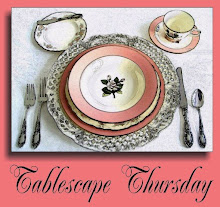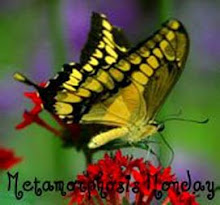The Ruby-Throated Hummingbird
These are the amazing tiny birds that migrate up to the eastern part of the US to breed every season.
They weigh well under an ounce.
They can fly as fast as 60 mph and can maneuver forwards, backwards, up and down and can hover in one place by making their wings flutter in a figure eight movement.
They winter in Mexico and Central America!!
Imagine something so tiny traveling that far!!!
And they usually come back to the same exact breeding ground and most of the time the same feeders!
The sound made by their rapidly moving wings gives them their name.
Some people are concerned for this creature because of their small size but hummingbirds are actually quite hardy.
They are feisty and fearless and will definitely defend their territories. They are solitary creatures and are not often seen in large groups. At feeders and around their nests they can be extremely aggressive and will chase other birds.
The adult male has the red throat and slightly forked tail.
The red is actually not a pigmented color but depends on the light and can sometimes appear black. Both sexes have the iridescent green back.
The hummingbirds usually appear in Ohio from mid to late April. I always try to have my feeders out by April 15th.
Hummingbird feeders are increasingly popular with Ohio residents and many people believe they have the same birds coming back every year. Banding experiments prove this can be correct but many new ones also come.
Peak activity periods at feeders are early morning and late evening. Many see increased activity before and after thunderstorms also.
Reproduction and Nesting
The ruby-throated hummingbirds are polygamous and the male and female only associate during mating. The females build the nests, incubate the tiny, usually two, eggs till they are hatched and fledge. (What a gal!!)
The young hatch in 14-16 days and will fledge about 21 days after hatching.
The hummingbirds nest is amazing.
It is so tiny, about the size of a ping-pong ball.
The inside is made of soft cotton and plant down and then plant parts are woven and intertwined with spiderweb silk to hold it all together. Plant lichen is stuck to the sticky silk on the outside to camouflage it making it almost impossible to find.
I hope you will be so lucky as to attract some hummingbirds to your house.
Put those feeders out there along with some flowers that they collect nectar from.
Favorite Plants For Attracting Hummingbirds
| Annuals | Perennials | Vines | Shrubs |
|---|
| Fuchsia | Bee Balm | Coral Honeysuckle | Butterfly Bush |
| Impatients | Canna | Cypress Vine | Flowering Quince |
| Jacobiana | Cardinal Flower | Morning Glory | Lantana |
| Jewelweed | Coral Bells | Scarlet Runner | Manzanita |
| Petunia | Four O'Clocks | Trumpet Creeper | Mimosa |
| Salvia | Foxglove | Canary creeper | Red Buckey |
| Shrimp Plant | Hosta | Carolina jasmine | Tree Tobacco |
| Snapdragon | Lupine | Glory vine | Turks Cap |
| Nicotiana | Columbine | Cypress vine | Weigela |
Good Luck.
They are the most amazing little birds.
Shirley
Added note: Here's a YouTube video of a Nature Documentary on the World of the Hummingbird that is just fantastic.
Hope you take the time to watch it.










































